Propelled by the IT revolution, productivity in the private economy has grown in the last two decades at roughly double the rate of the 1970s and 80s. But as Federal Chief Performance Officer Jeffrey Zients argues, government has for the most part missed the wave. The Department of Veterans Affairs still processes claims by hand while veterans wait months for their benefits. The Patent Office receives applications electronically but then prints them out, re-scans them and enters them into an outmoded case management system. And there are plenty of other examples.
But an exhilarating realization to come out of our CTO Forum last week is that cloud computing technologies can help government close what Zients calls “the IT performance gap.” He stressed this when he and US Chief Information Officer Vivek Kundra sat down with us at the White House.
Cloud solutions won’t be appropriate for every government computing need, as BSA makes clear in its cloud computing decision guide for federal CIOs. Deciding how and when to move into the cloud requires carefully parsing agency objectives, operational workloads and data needs. But where cloud solutions prove to be a good fit, there will be myriad benefits — and not least of these will be the ability to keep pace with rapidly evolving and improving software features.
That’s because cloud solutions, by their very design, will help overcome a shortcoming that is hardwired into the government’s procurement system.
Federal budgeting practices require that any investment in technology have a built-in pay-back period, a sensible concept intended to ensure that purchases return their promised value before they are replaced or upgraded. The trouble is that, in practice, information technologies like software can deliver value — and new versions can come to market offering greater value — at a quicker pace than procurement guidelines could possibly predict. So the end result is that agencies can’t upgrade their software or other information technologies as fast as the rest of the market, and they miss out on potential productivity gains.
Cloud computing provides a solution to that challenge, because it allows new versions of software to be rolled out with ease for an infinite number of users. Likewise, it allows servers, computing platforms and IT infrastructure to be upgraded centrally in a manner that doesn’t cause users to break stride.
Coming out of our meetings last week with Zients, Kundra and other top federal technologists, BSA members were encouraged by the administration’s clear determination to seize the opportunity that cloud computing presents. The result will be a nimbler, higher-performing government.

